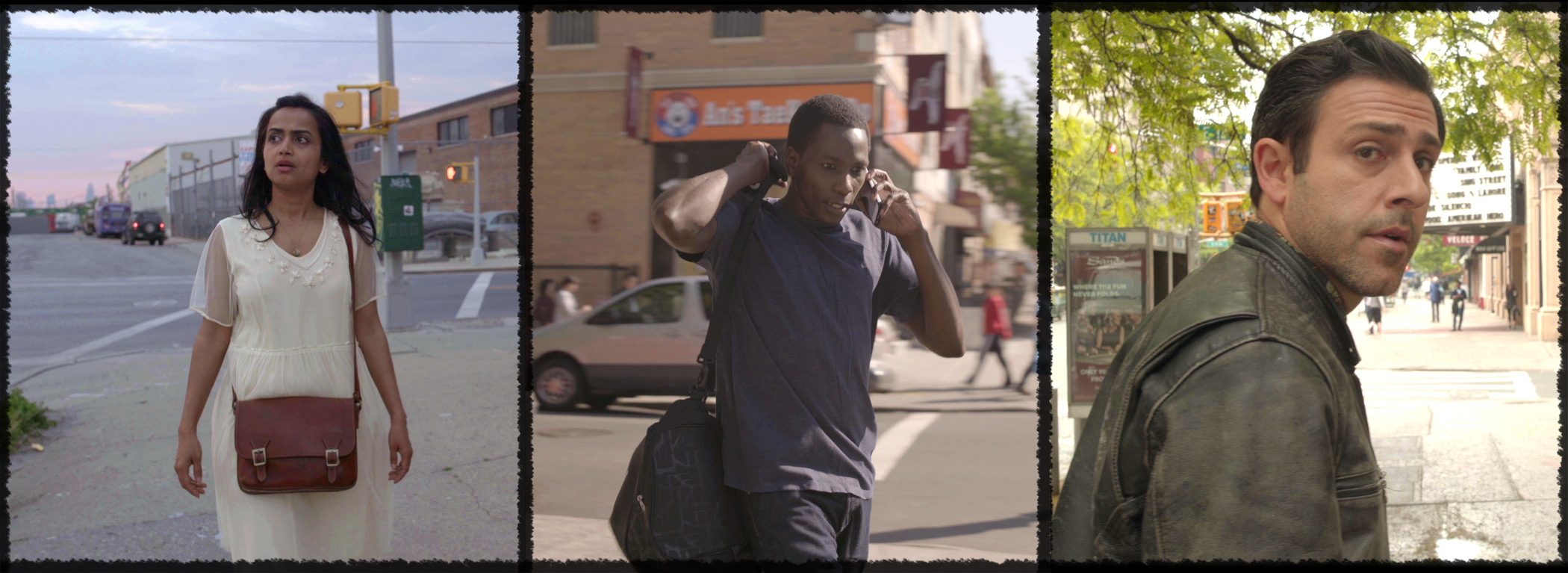A Cinema of Limits
I spoke last time about a Cinema of Limits. This approach draws particularly on the experience of filming a non-repeatable event as it takes place. This imposes upon the perspective of the camera the necessity of being located according to a choice that has been made prior to filming and anchors the camera to a particular place and time that cannot be altered without a further loss of coverage. Although their style of working varies widely and their work is not contained or limited to a Cinema of Limits, I would add to the filmmakers I mentioned in the last article, the work of the Iranian filmmakers Asghar Farhadi and Abbas Kiorastami and propose Michelangelo Antonioni—who began in documentary film—as one of its precursors. The purpose of naming a Cinema of Limits is to draw attention to its strategy in regards to what the French theorist Guy Debord named the “Society of the Spectacle,” in his 1967 book by the same name. The degree to which our own society has become mediated by images is many times exponentially greater now as it was when Debord wrote. We spend large amounts of our time interacting with cell phones and computers. We take for granted walking past animated signs that are updated constantly. The work of the filmmakers I have named—draw us into a more conscious and analytical involvement with the production that is part of our societies of the spectacle. I am not saying this was always or mainly the motivation of these filmmakers--I think the sources for this approach are many and complex--but this is a significant way in which we can appreciate their work. Sometimes I think our awareness of the scaffolding of our society upon images is also the case because our cell phones also make us potentially makers of media. This has been empowering in some cases.... but we must not mistake filmmaking per se for “action” anymore than watching with “passivity.” There is an active dimension of production to our watching that we need to become aware of and make others aware. In regards to this, I will be writing on the work of the German filmmaker Harun Farocki in an upcoming issue of a new online publication, Marginalia. Right now its presence is limited to Facebook and its press release is only in Greek but I am told the latter will soon be available in English and I am very honored to be part of this new effort. Two exhibitions currently on in Paris that I encourage you to see are a retrospective of the work of Christian Petzold and Harun Farocki at the Centre Pompidou until the 14th of January and Etranger Resident, the collection of Marin Karmitz at the Maison Rouge, on until January 21st. We are all potentially filmmakers not only because all of us who can afford it carry cellphones with video cameras aboard but also potentially through the act of our own becoming conscious of how images--particularly moving images--mediate our social reality.
Gotthard Schuh, Grubenarbeiter, Belgique, 1937 ©Fotostiftung Schweiz. Courtesy Collection Marin Karmitz
Schnittstelle / Section, 1999, Harun Farocki
The Classics on Behalf of Being Human and Against Fascism
"No Human Is Illegal" (2017) by Richard C. Ledes
My recently finished film No Human Is Illegal takes as its subject the refugees currently detained on the Greek island of Lesvos. Part of my approach was to draw on the significance of the island in the world of Ancient Greece. Lesvos is where Sappho was born and taught. It also has a political significance in regards to Athenian democracy that Thucydides recounts in the History of the Peloponnesian War. In connection to associating the Classics with humanistic values rather than to fascism, I want to bring to your attention to new website: Doing justice to the Classics
Nandita Chandra, Storm Gunraj and Arash Mokhtar in Arthur Vincie's web series "Three Trembling Cities" (2017)
Three Trembling Cities
Three Trembling Cities, a 10-part fictional web series by Arthur Vincie, is an original and engaging look at the contemporary lives of immigrants struggling to make it in New York City. One of the pleasures of seeing now a film from the past such as Jerry Schatzberg’s Panic in Needle Park (1971) or Allen Baron’s Blast of Silence, made a decade earlier (1961), is to see New York at that time period. Vincie’s web series has this same connection to contemporary New York, a connection that is brought out by the the cinematography of Ben Wolf. The acting is consistently accomplished throughout. The series mixes a feeling of social realism with a number of creative uses of split frame and other manipulations of the cinematic apparatus. Every episode ends with an interview of an actual immigrant about their experience. A mix of fiction and documentary is something with which I experimented in The Dark Side and in Vincie’s web series it works very well.
From "Blast of Silence" (1961) by Allen Baron
From "Wonder Wheel" by Woody Allen
The Work of Cinematographer Vittorio Storaro in Woody Allen’s Wonder Wheel
Wonder Wheel by Woody Allen is an exceptional film for many reasons, notably the memorable performance of Kate Winslet in a consistently strong ensemble. There is also stunningly the work of the great cinematographer Vittorio Storaro. The darkness of the film’s vision of humanity is brought out by the element of light being connected in the film’s narrative to a boy’s lighting of fires. His mother brings him in for treatment but his pyromania persists until the end of the film. Storaro’s extraordinary work with light is hence made in the film a powerful sign of what we figuratively would call our world’s darkness.









